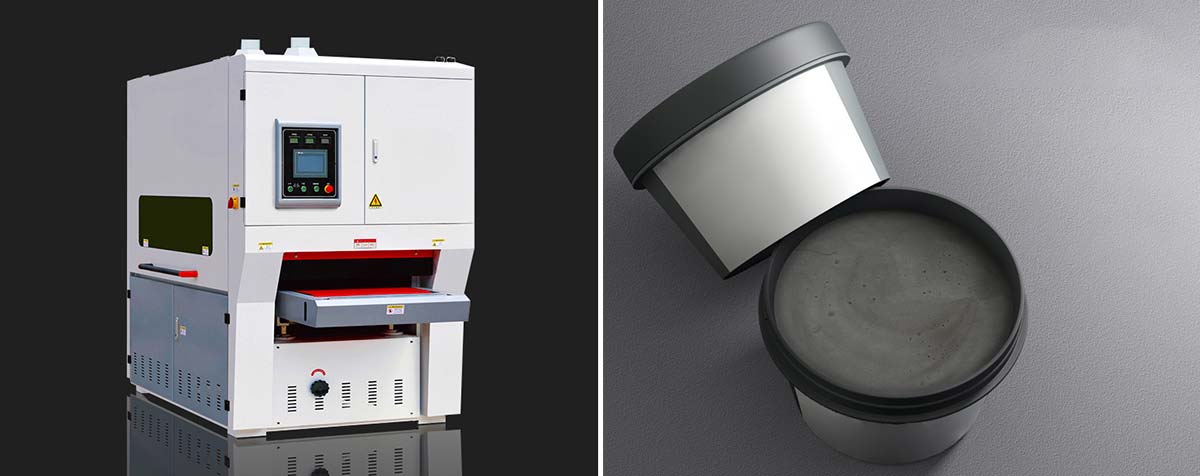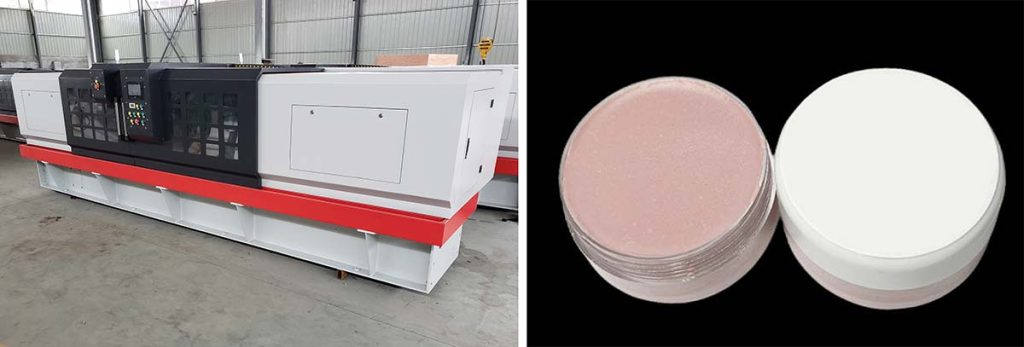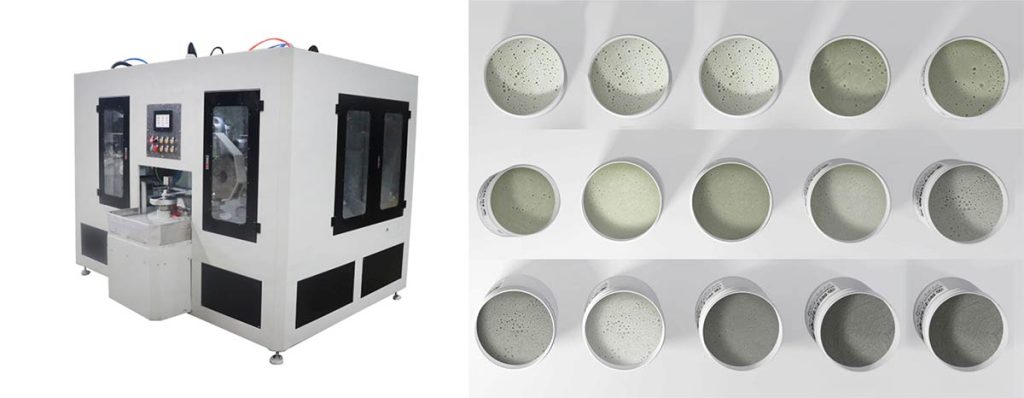

Rubbing compound vs. polishing compound differ significantly in their abrasiveness and intended use. Rubbing compound contains larger abrasive particles, making it ideal for addressing severe imperfections like deep scratches or heavy oxidation. In contrast, polishing compound, with its finer abrasives, smooths the surface and enhances the car’s shine. Both products work by removing a thin layer of the clear coat, effectively eliminating flaws and restoring the paint’s original luster. Choosing between rubbing compound vs. polishing compound depends on factors such as the severity of imperfections, the type of paint, and the desired finish. Beginners often prefer polishing compounds due to their milder nature.
Key Takeaways
- Rubbing compound fixes big paint problems like deep scratches. It also removes heavy oxidation to make the surface clearer.
- Polishing compound smooths the surface after rubbing compound. It fixes small flaws and makes the car shiny.
- Check how bad the paint damage is before picking a product. Use rubbing compound for big problems and polishing compound for small scratches.
- Start with rubbing compound, then use polishing compound for the best look. This order gives your car a professional finish.
- Using polishing compound often keeps your car looking nice. It also protects the paint from getting damaged later.
Understanding Rubbing Compound
What Is Rubbing Compound?
Rubbing compound is a car detailing product designed to address significant imperfections in a vehicle’s paint. It contains coarse abrasive particles that work to remove a thin layer of the clear coat, exposing a smoother and more uniform surface underneath. This product is often used during the initial stages of paint correction to tackle severe flaws. By eliminating deep scratches, oxidation, and other defects, rubbing compound restores the paint’s clarity and prepares it for further refinement.
Key Uses of Rubbing Compound
Removing Deep Scratches and Swirl Marks
Rubbing compound is highly effective for diminishing the appearance of deep scratches and swirl marks. These imperfections often result from improper washing techniques or contact with abrasive materials. The compound’s abrasiveness helps level the paint around the damaged area, making the scratches less noticeable.
Fixing Heavy Oxidation
Oxidation occurs when the paint’s surface reacts with oxygen over time, leading to a dull and faded appearance. Rubbing compound removes the oxidized layer, revealing the vibrant color beneath. This process restores the car’s original shine and prevents further deterioration.
Preparing the Surface for Polishing or Waxing
Before applying polish or wax, the paint surface must be free of contaminants and imperfections. Rubbing compound ensures a clean and smooth base by removing water spots, mineral deposits, and other residues. This preparation step enhances the effectiveness of subsequent detailing products.
How Rubbing Compound Works?
Rubbing compound works through abrasion. When applied to the car’s surface, the compound’s coarse particles physically scrape away a thin layer of the clear coat. This process levels out uneven areas caused by scratches, oxidation, or other imperfections. The result is a smoother surface that reflects light more evenly, improving the paint’s overall appearance. However, due to its aggressive nature, rubbing compound should be used sparingly and followed by a polishing compound to refine the finish.
Understanding Polishing Compound
What Is Polishing Compound?

Polishing compound is a detailing product designed to refine a car’s paint and enhance its overall appearance. It contains fine abrasive particles that smooth out minor imperfections, such as light scratches and swirl marks, without removing as much of the clear coat as a rubbing compound. This product is often used after rubbing compound to restore the paint’s clarity and achieve a glossy finish.
The composition of polishing compounds typically includes polishing powder, waxes, and lipids. These ingredients work together to create a smooth surface and a clean, reflective finish. Depending on the type of polishing compound, additional minerals or materials may be included to achieve specific results, such as enhancing gloss or preparing the surface for waxing.
Key Uses of Polishing Compound
Refining the Surface After Rubbing Compound
Polishing compound plays a crucial role in the paint correction process. After using a rubbing compound to address severe imperfections, the surface may appear dull or hazy. Polishing compound refines this surface by smoothing out any remaining unevenness, restoring the paint’s clarity, and preparing it for waxing or sealing.
Removing Light Scratches and Swirl Marks
Light scratches and swirl marks can detract from a car’s appearance. Polishing compound effectively removes these minor imperfections by gently leveling the paint around the damaged areas. This process minimizes the visibility of scratches and creates a more uniform surface.
Enhancing Gloss and Shine
One of the primary purposes of polishing compound is to enhance the car’s gloss and shine. By smoothing the paint’s surface, the compound allows light to reflect more evenly, resulting in a vibrant and polished finish. This step is essential for achieving a professional-quality look.
How Polishing Compound Works?
Polishing compound works through a combination of fine abrasives and lubricating agents. When applied to the car’s surface, the abrasives gently remove a thin layer of the clear coat, addressing minor imperfections like light scratches and swirl marks. The lubricating agents ensure smooth application and prevent damage to the paint. This process creates a refined surface that reflects light evenly, enhancing the car’s gloss and overall appearance. Unlike rubbing compound, polishing compound is less aggressive, making it suitable for regular maintenance and final detailing.
Rubbing Compound vs Polishing Compound: Key Differences
Abrasiveness and Particle Size
The abrasiveness of rubbing compound and polishing compound is one of their most significant differences. Rubbing compound contains larger abrasive particles, making it more aggressive. These coarse abrasives are designed to tackle severe imperfections like deep scratches, oxidation, and uneven surfaces. In contrast, polishing compound uses finer abrasives. These smaller particles are ideal for addressing minor flaws, such as light scratches and swirl marks, without removing as much of the car’s clear coat.
Tip: Always choose the product based on the severity of the imperfections on the car’s paint. Using the wrong level of abrasiveness can lead to unintended damage.
Intended Purpose and Results
The intended purpose of each compound reflects its abrasiveness. Rubbing compound is used for heavy-duty paint correction. It removes deep scratches, oxidation, and other significant imperfections. This product is essential for restoring a car’s paint to a smoother state before further detailing. On the other hand, polishing compound focuses on refining the surface. It smooths out minor imperfections, enhances gloss, and prepares the paint for waxing or sealing.
- Rubbing Compound:
- Targets uneven surfaces caused by deep scratches and oxidation.
- Removes more paint to restore severely damaged areas.
- Polishing Compound:
- Adds smoothness and shine to the car’s paint.
- Reduces the appearance of light scratches and swirl marks.
Both products play a vital role in achieving a professional-quality finish, but their results differ significantly.
Application Process and Techniques
The application techniques for rubbing compound and polishing compound also vary. Rubbing compound requires careful handling due to its aggressive nature. It is often referred to as a leveling compound because it shaves down the paint to smooth rough edges and deep scratches. This process demands precision to avoid over-removal of the clear coat. Polishing compound, being less abrasive, is easier to apply. It focuses on adding shine and smoothness to the surface, making it suitable for regular maintenance.
- Rubbing Compound:
- Targets tough stains, oxidation, and deep scratches.
- Requires proper technique for optimal results.
- Polishing Compound:
- Ideal for minor flaws and enhancing gloss.
- Requires less intensive application.
Note: Always follow up the use of rubbing compound and polishing compound to refine the surface and achieve a glossy finish.
When to Use Each Product?

Choosing between a rubbing compound and a polishing compound depends on the condition of the car’s paint and the desired outcome. Each product serves a specific purpose, and understanding when to use them ensures optimal results.
- Rubbing Compound:
Rubbing compounds are ideal for addressing severe paint damage. They work best on deep scratches, heavy oxidation, or stubborn imperfections that cannot be resolved with milder products. Their abrasive action cuts through the damaged layer of the paint, leveling the surface and restoring clarity. For cars with faded or heavily scratched paint, this product provides the necessary correction. However, it should always be followed by a polishing compound to refine the finish. - Polishing Compound:
Polishing compounds are suitable for enhancing the car’s shine and smoothness. They are less abrasive and focus on refining the surface after using a rubbing compound. This product is perfect for removing light scratches, swirl marks, or minor imperfections. It also enhances the gloss of the paint, creating a professional-quality finish. Regular use of polishing compounds helps maintain the car’s appearance and protects the paint from further damage.
Tip: Always assess the severity of the paint damage before selecting a product. For deeper scratches or heavy oxidation, start with a rubbing compound. For surface enhancement or light scratches, a polishing compound is sufficient.
| Product | Best For | Purpose |
|---|---|---|
| Rubbing Compound | Deep scratches, heavy oxidation | Corrects severe imperfections |
| Polishing Compound | Light scratches, enhancing gloss | Refines and smooths the surface |
Using the right product at the right time ensures the car’s paint remains in excellent condition. Combining both products in the correct sequence—rubbing compound first, followed by polishing compound—delivers the best results. This approach addresses imperfections while enhancing the car’s overall appearance.
Conclusion
Rubbing compound and polishing compound work together to achieve professional-quality car polish results. Rubbing compound addresses severe imperfections like deep scratches and oxidation, while polishing compound refines the paint and enhances its gloss. Understanding their key differences allows car owners to select the right product for their needs. For example, rubbing compounds restore old paintwork and fix uneven surfaces, while polishing compounds provide a durable shine with less frequent application.
Using both products in sequence ensures optimal results. Products like 3M Finesse-it and Menzerna rubbing compound deliver excellent finishes on automotive paint. Polishing compounds, such as Meguiar’s Mirror Glaze, enhance the natural appearance of the car’s surface. Together, these products help maintain the car’s paint and achieve a showroom-quality finish.
Tip: Always follow up rubbing compound and polishing compound to refine the surface and protect the paint.
